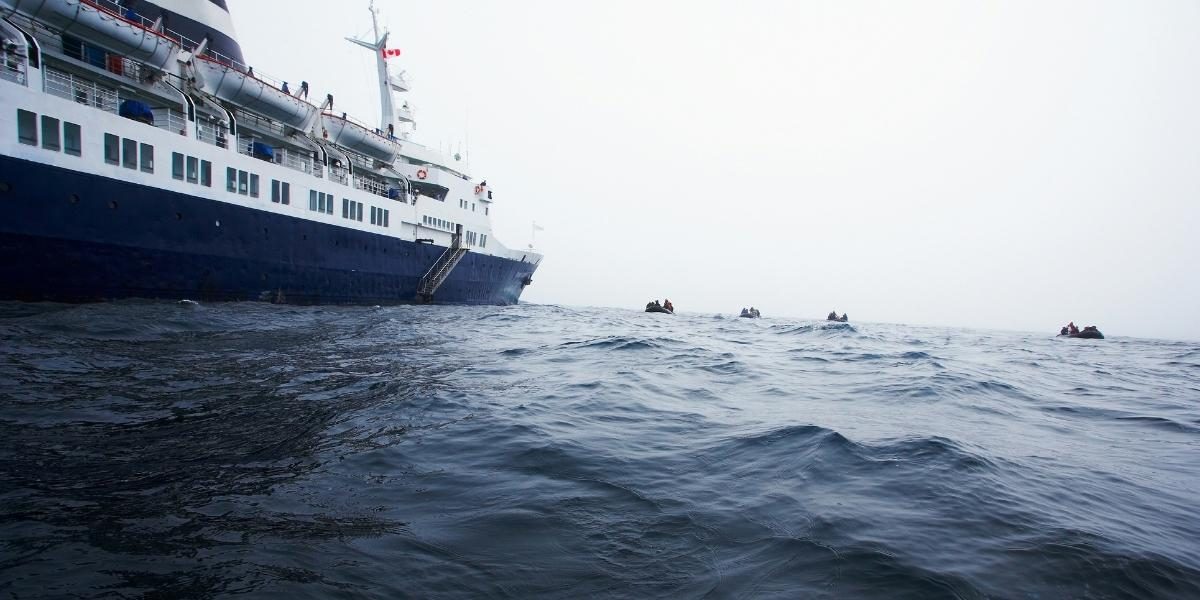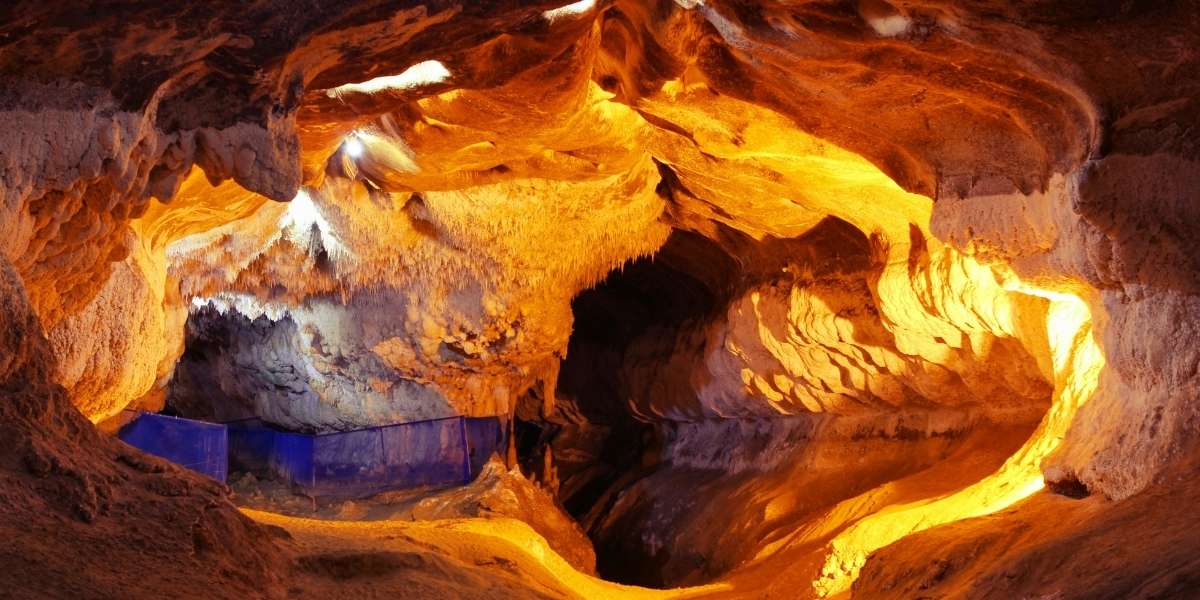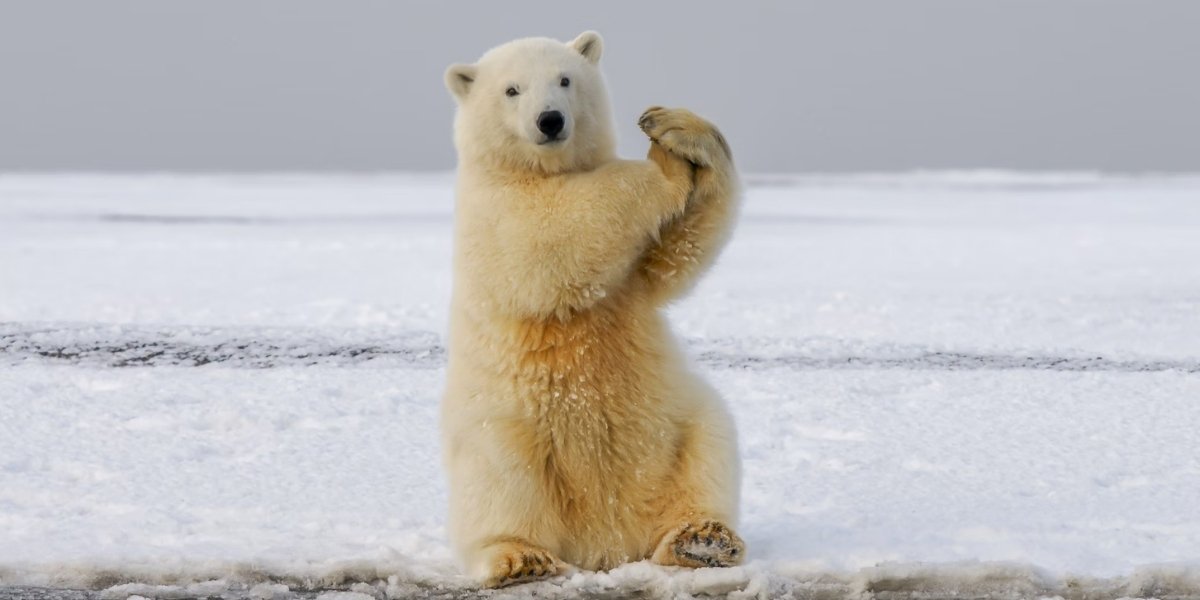How Does the North Sea Sustain Life and Economic Growth?
The North Sea, a vast yet relatively shallow expanse of water, lies between Great Britain, Scandinavia, and continental Europe. More than just a body of water, it serves as a dynamic marine ecosystem and a key economic hub for industries such as fishing, energy, and shipping. Over centuries, the geological forces shaping its seabed, the rich biodiversity within its waters, and the human activities influencing its future have made the North Sea one of the most vital maritime regions in the world.
Read Also: Why Sustainable Living in 2025 Matters More Than Ever
How Was the North Sea Formed?
The formation of the North Sea is the result of millions of years of geological activity. Once covered by glaciers, its landscape was carved by tectonic shifts, glacial melt, and sediment deposition. It connects to both the Atlantic Ocean and the Baltic Sea, creating a complex water circulation system that influences climate patterns and marine ecosystems.
Its shallow depth, averaging around 95 meters, plays a significant role in maintaining strong tidal currents, which contribute to nutrient mixing and marine productivity. The shifting sands and underwater ridges form habitats for diverse marine species, while coastal areas experience continuous erosion and sediment deposition, shaping the dynamic coastline.
What Marine Life Thrives in the North Sea?
The North Sea’s biodiversity is a testament to its nutrient-rich waters and complex food webs. From microscopic plankton to large marine mammals, the ecosystem supports a wide array of species.
Small organisms such as phytoplankton and zooplankton form the foundation of the marine food chain, sustaining fish populations like cod, herring, and mackerel. These, in turn, attract larger predators such as seals, dolphins, and seabirds. The North Sea’s coastal wetlands and estuaries provide crucial breeding grounds for migratory bird species, further enriching its biodiversity.
However, this delicate balance faces threats from climate change, overfishing, and habitat degradation. As water temperatures rise, species distribution shifts, disrupting long-established ecological relationships.
How Does the North Sea Drive Economic Activity?
The North Sea’s economic importance cannot be overstated. It plays a crucial role in fishing, shipping, and energy production, directly impacting the economies of bordering nations.
The fishing industry has thrived for centuries, supplying millions of tons of seafood annually. However, overfishing and changing marine ecosystems have led to strict fishing quotas and conservation measures to prevent stock depletion.
Beyond fishing, the shipping lanes of the North Sea serve as one of the busiest maritime corridors in the world. Major ports such as Rotterdam, Hamburg, and Antwerp facilitate global trade, ensuring the steady movement of goods between Europe, Asia, and North America.
Perhaps its most significant contribution lies in energy production. The North Sea has long been a hub for offshore oil and gas extraction, with major reserves supplying Europe’s energy needs. Recently, however, there has been a shift towards renewable energy, particularly through the development of offshore wind farms. Nations bordering the North Sea are investing heavily in wind energy projects, aiming to transition towards sustainable energy solutions.
What Environmental Challenges Threaten the North Sea?
Despite its economic and ecological significance, the North Sea faces serious environmental pressures. Pollution from industrial waste, agricultural runoff, and plastic debris threatens marine life. Oil spills and chemical discharges further compromise water quality and biodiversity.
The impact of climate change is another major concern. Rising sea levels increase the risk of coastal erosion and flooding, endangering coastal communities. Additionally, ocean acidification and warming waters disrupt marine food chains, causing species migration and altering fish populations.
Efforts to combat these challenges include marine protected areas, stricter fishing regulations, and pollution control policies. However, addressing these threats requires international cooperation and long-term sustainable strategies.
How Has the North Sea Shaped History and Culture?
The North Sea has long been a conduit for trade, migration, and cultural exchange. Since ancient times, Viking explorers, medieval merchants, and naval powers have relied on its waters for transportation and commerce.
Fishing traditions remain deeply rooted in coastal communities, with generational knowledge shaping fishing techniques and maritime practices. Additionally, the North Sea’s strategic location has played a pivotal role in military conflicts, from medieval naval battles to its significance in both World Wars.
Its influence extends beyond history—today, the North Sea supports a rich maritime heritage, reflected in festivals, museums, and maritime industries across bordering nations.
What Does the Future Hold for the North Sea?
As sustainable development initiatives gain momentum, the future of the North Sea lies in balancing economic growth with environmental conservation. The transition to offshore renewable energy, including wind and tidal power, presents an opportunity to reduce dependency on fossil fuels.
Read Also: Exploring North American Folklore: Legends and Myths That Shape Regional Culture
Additionally, marine conservation projects aim to restore damaged habitats and protect vulnerable species, ensuring the ecosystem remains resilient against environmental changes. The North Sea’s future depends on international cooperation, where policies governing marine protection, resource management, and climate adaptation will determine its long-term sustainability.








